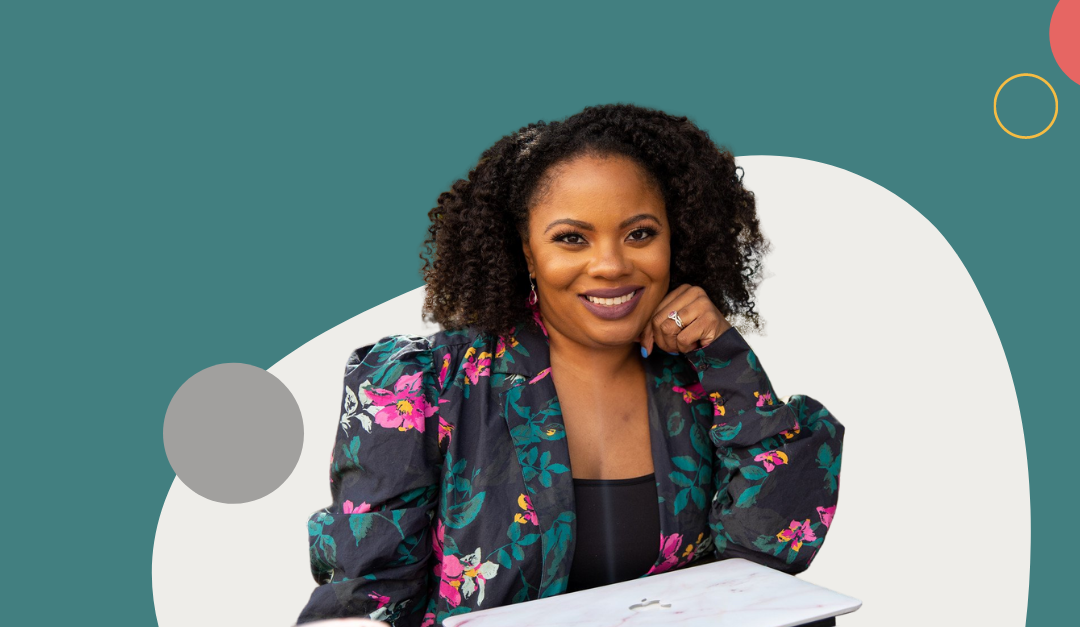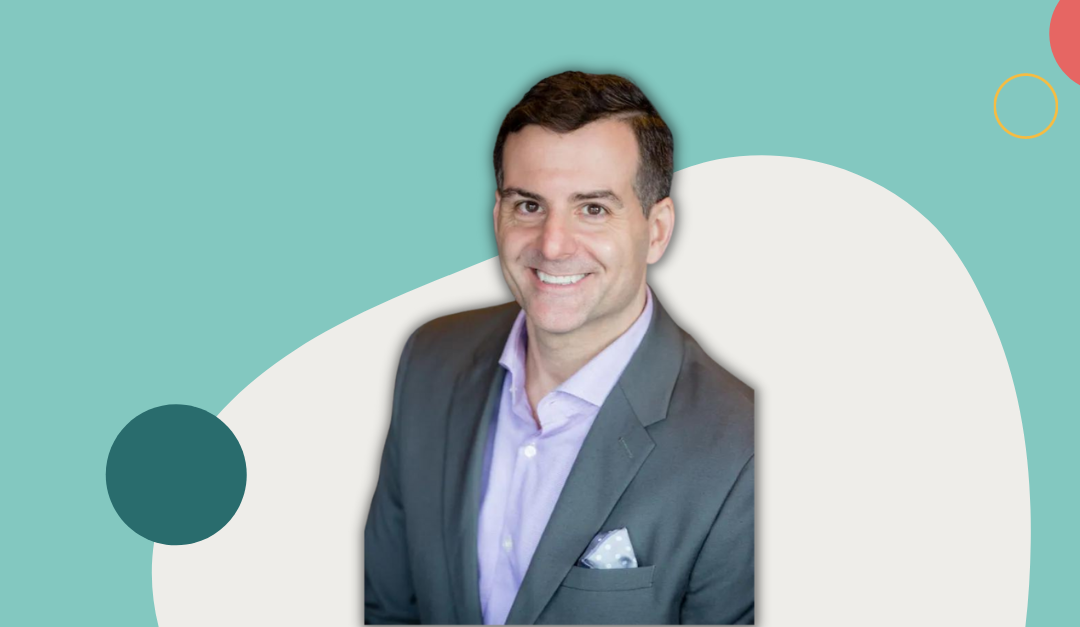
7 Tricks for Part-Time Freelancers with Full-Time Jobs
We’ve been hearing the same question again and again from our community: How do I balance a full-time job with part-time freelance work?
People pick up freelance gigs on top of their day jobs all the time, for a variety of reasons. They might need or want the extra income, or they’re easing into full-time freelancing gradually, or they’re just looking for a creative side gig that pays.
Whatever the reasoning, people who decide to do both all face one shared challenge: managing their time effectively. Here are some pro tips and tricks for successfully freelancing as a FTE.
How to balance your FTE & your side gig
1. Start off by clarifying your goals.
So… why am I really doing this? It’s a question we should all ask ourselves before jumping headfirst into any venture. Do you have a vision for your freelance future? Is it to go full-time eventually? To pad your income? Are you looking to shift careers or industries? Or do you just want to build up your resume beyond your day job? Getting clear on your goals will help you determine how much time you can and should truly dedicate to your side hustle.
2. Set a schedule.
You’re trying to get a lot done. And most of us are really bad at guessing how long our work will take us. We tend to underestimate… like, a lot. Plus, switching focus between tasks on the reg absolutely kills productivity. So to avoid getting caught in the cycle of doing everything and finishing nothing, we recommend creating clear boundaries around your freelance work—and always estimating UP. You can experiment with productivity hacks like time-blocking, dedicating a chunk of hours each day or week to one specific task or project. It makes a huge difference.
3. Set communication expectations with your clients.
Let your freelance clients know when and how they will hear from you. And if your response time might be impacted by your full time gig, share that too. When it comes to client communication, the best practice is to set crystal clear expectations from the beginning of a project or work relationship. But it’s never too late to clarify. So if you find yourself worrying regularly about delays, it might be time to set new boundaries and expectations.
4. Be realistic with what you can offer to your clients.
In addition to underestimating, we tend to overpromise. Of course, you want to do incredible work incredibly fast. And your clients probably want that too. But we’re all human here. Make sure you’re not spreading yourself too thin, saying yes to deadlines and deliverables that just won’t work.You may need to move things around, and that’s okay, as long as you clearly communicate changing needs to your clients.
5. Don’t ignore self-care in order to get more done.
Look, we’ve all done it. We’ve prioritized another hour of work over a long bath. We’ve missed hangs with friends because of deadlines. And we’ve eaten meals from our desks to attend meetings that really. didn’t. matter. But we don’t take pride in it—not even the ability to skillfully mute while chewing—and we definitely try not to make a habit of it. Doing good work and making extra money is great, but not at the expense of your physical or mental health. Those come first. Make sure you can maintain a balanced lifestyle. Decide what that looks like for you, and then reverse-engineer it from there.
6. Network with other freelancers.
Whether you’re full-time or part-time freelancing, having a community is always a good thing. Your connections give you the space to bounce ideas and thoughts off of people who get it. And having peers who face the same struggles is incredibly affirming. We highly recommend joining a freelance community. There are loads of specialized ones out there that offer support, connection, and resources to help you thrive in your work. Find your people.
7. Make sure you have the right systems in place.
If you notice yourself spending more and more time on the same repetitive, manual admin tasks and wondering why you can’t get more of the real work done, it might be time to audit your systems. Having the right business tools in place can automate or even eliminate the mind-numbing activities that soak up your precious time when you’re already balancing so much. If you plan to freelance steadily (full time or as a side gig), then at a minimum, you should have solid freelance software to back you up. And hey—we can help with that. 😉
With Harlow, you can create proposals and contracts, track your hours, invoice your clients, and keep tabs on all your to-dos and client updates. You always have a full scope of your work, in one easy-to-navigate dashboard. So if you’re the kind of person who wants to do it all, but you know you need support managing your workload… and you want to accomplish a lot but also feel like a human… we’ve got you. Start a free trial to give it a go.






Recent Comments